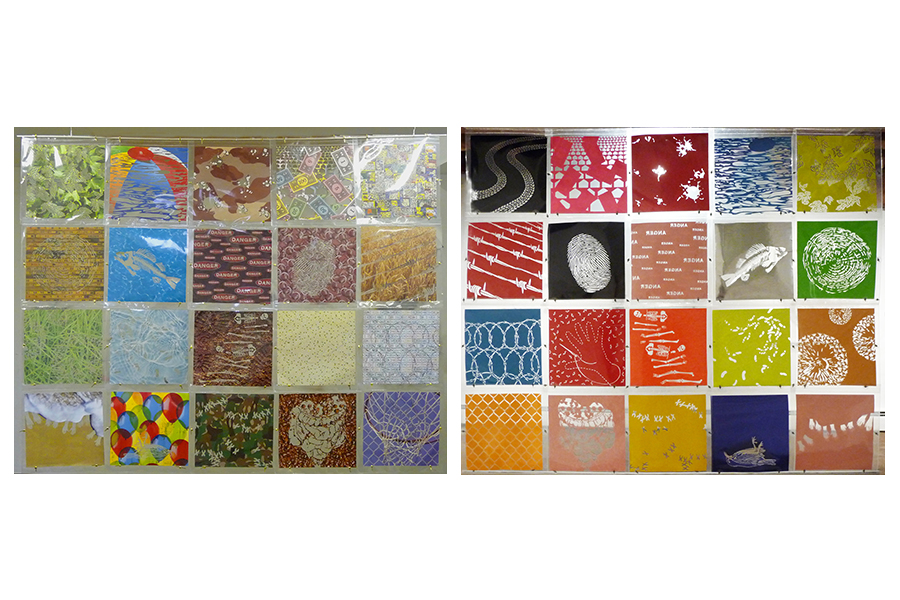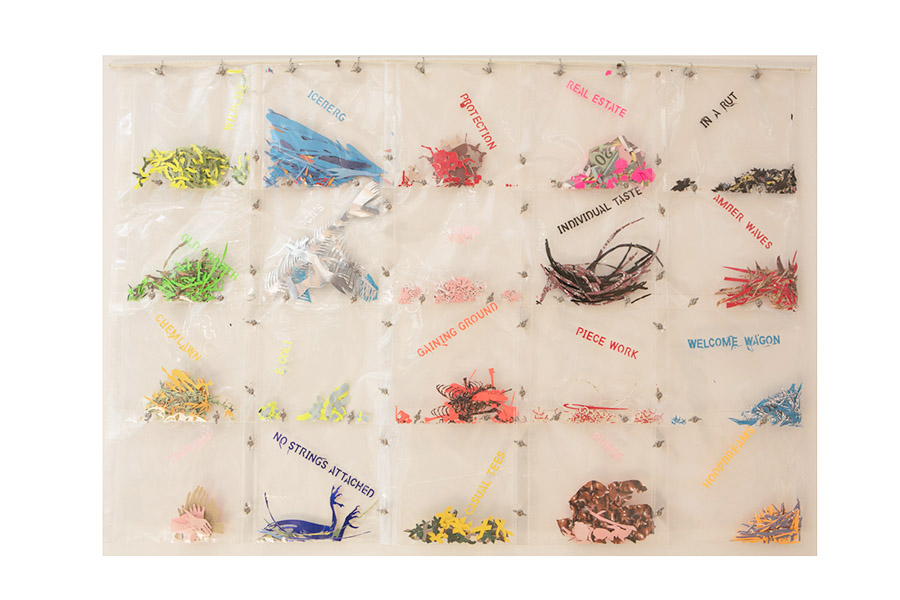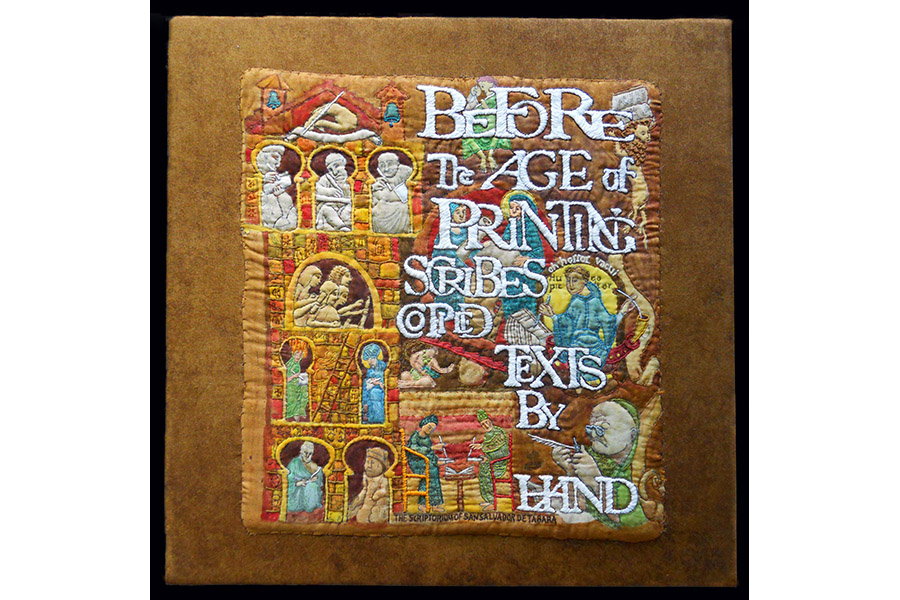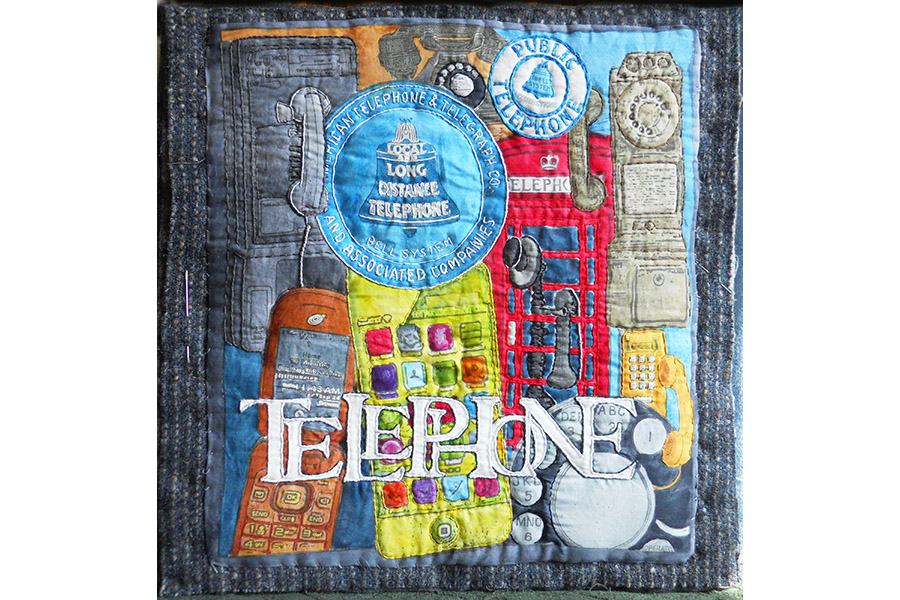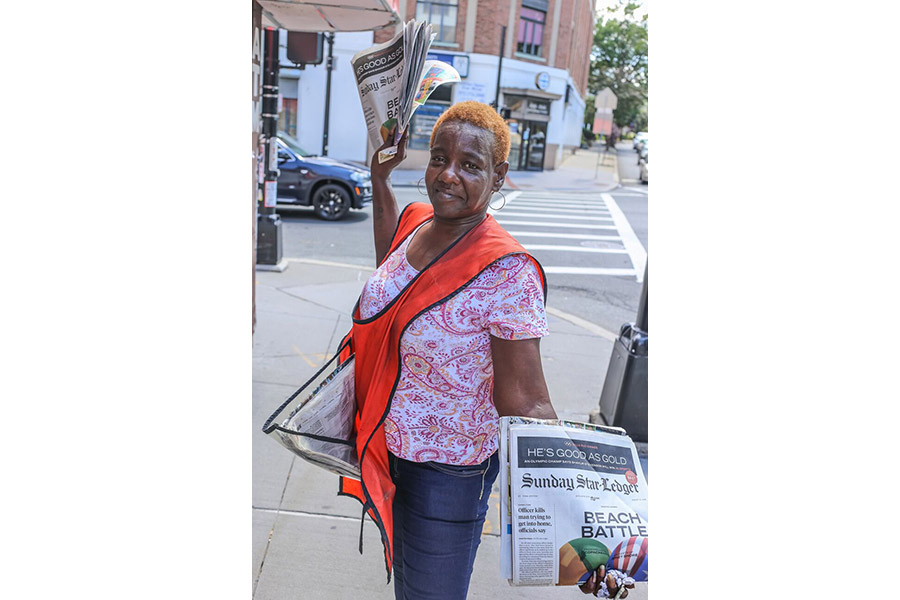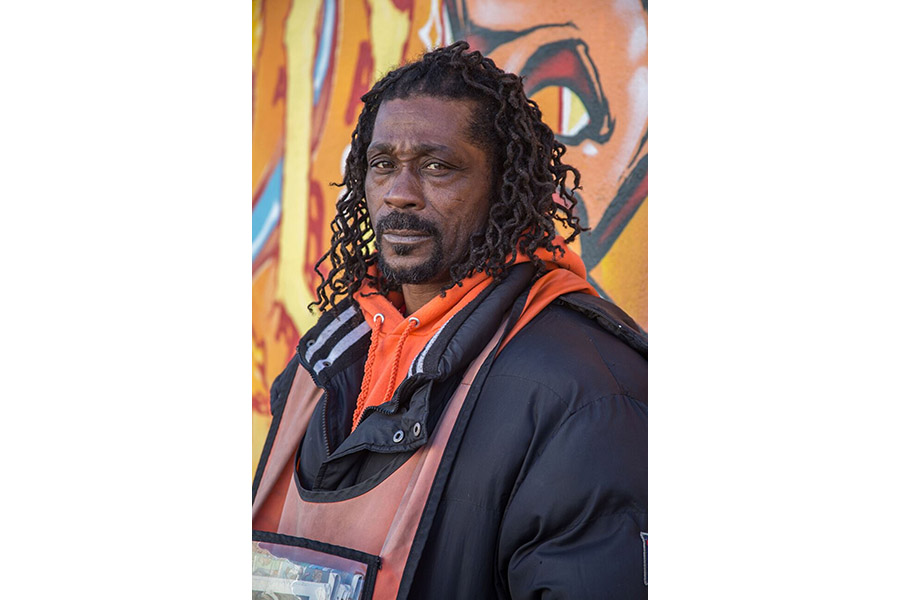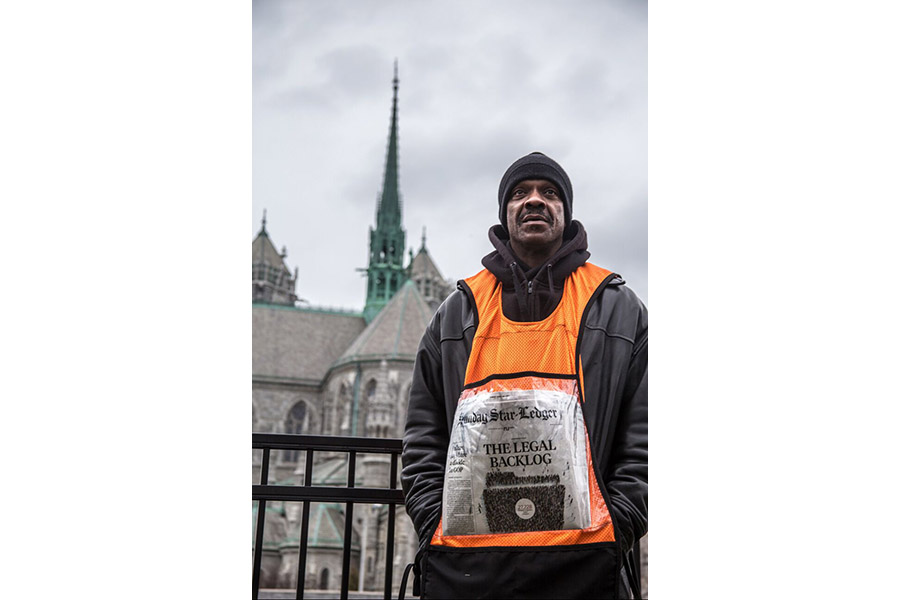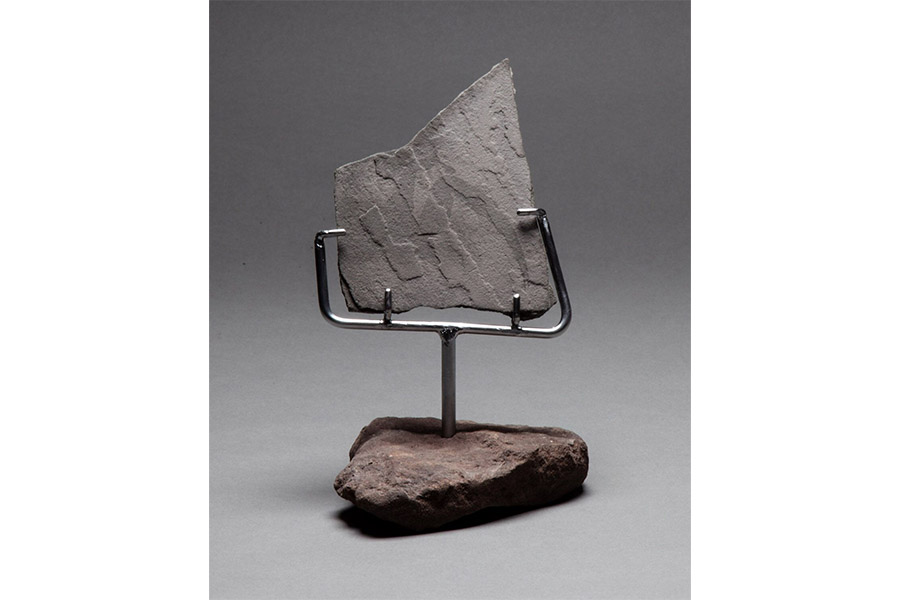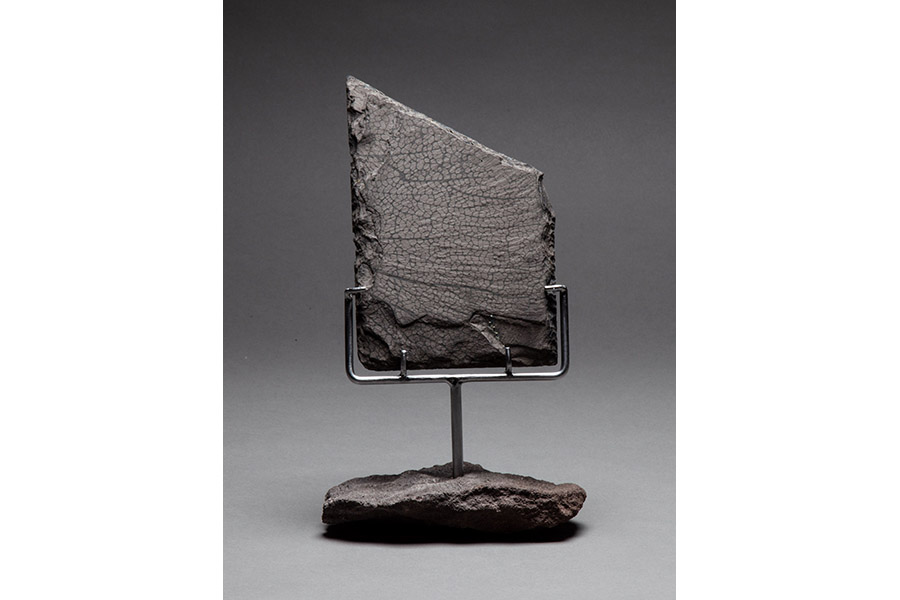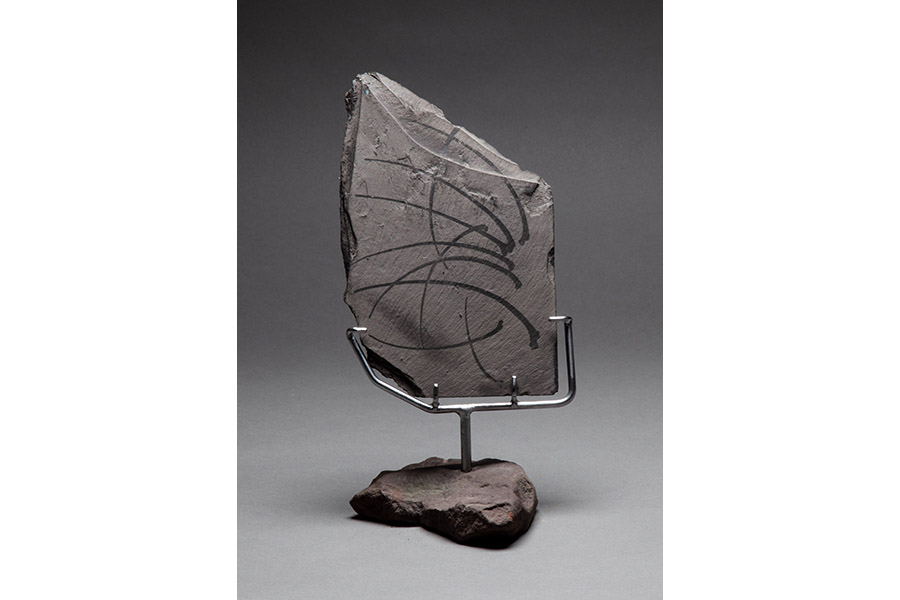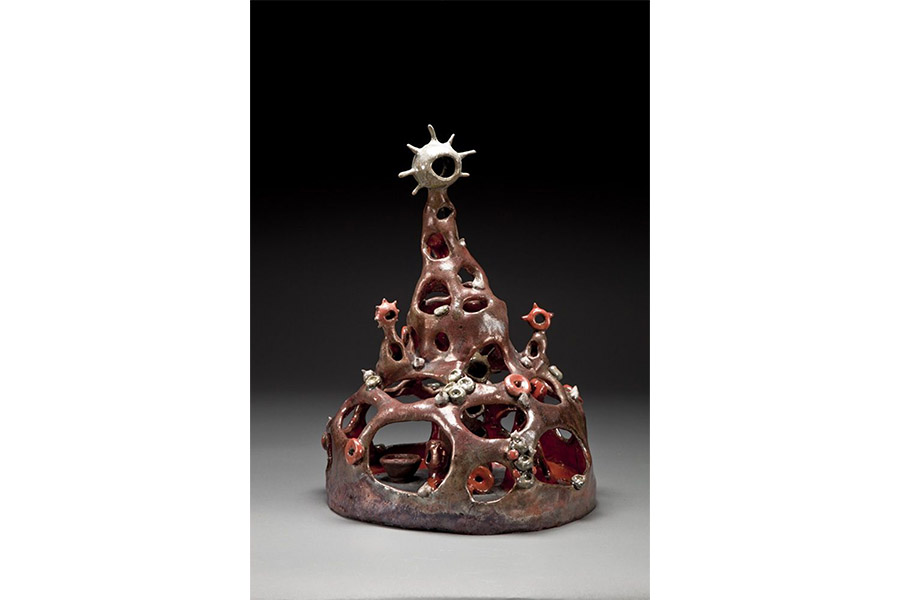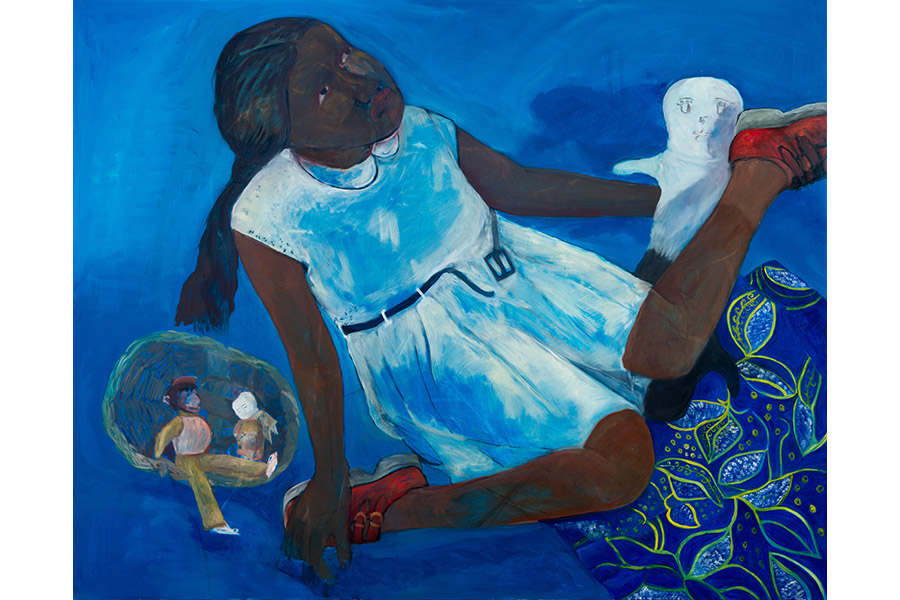In collaboration with the Geraldine R. Dodge Foundation, Morris Arts sponsors two art exhibits each year in this LEED-certified “green” space, located in the common areas on the 3rd floor of 14 Maple Ave., Morristown, NJ. The gallery is open to the public Mondays-Thursdays from 10am to 4pm and on Fridays from 10am to 1pm and by appointment, call (973) 285-5115 for additional information
The Geraldine R. Dodge Foundation and Morris Arts work closely with the artists selected for the exhibits at the Gallery at 14 Maple.
Morris Arts’ opens Color is Joyful exhibit on March 9, 2023
On March 9, Morris Arts welcomed the public to the opening reception of Color is Joyful, its twenty-sixth exhibit in the Gallery at 14 Maple. Guest Curator, Professor Beatrice M. Mady, selected 27 works created by five New Jersey artists for display in this distinctive space located on the 3rd floor of the LEED certified “green” building at 14 Maple Ave., Morristown.
The exhibit features works by artists Diane English (Jersey City), Andrea Epstein (Berkeley Heights), PE Pinkman (Bayonne), James Pustorino (Bayonne) and Vincent Salvati (Roselle Park).
- Vincent Salvati’s Play #10
- Andrea Epstein’s Hidden Figures 2
- Diane English’s Flying High
- PE Pinkman’s Sapere Aude
- James Pustorino’s Tilted World: A Sentence Without End Is Pointless
Spotlighting swirling colors, abstract shapes, movement and layered imagery, this fascinating exhibit delights the viewer with its passion, energy, unfettered playfulness and the sheer buoyancy of the vibrantly colored artworks.
Inspired by artist David Hockney, Curator Beatrice Mady offers insights regarding the genesis of the exhibit’s theme and the importance of color in our lives:
In this moment of grayness with political mayhem, global climate change, the tridemic and the like, I felt a need to bring some joy into the world. Art can and does do this, not merely for the artist creator, but for the viewer, often in a deeply profound way.
Color is a powerful communication tool used to influence mood or even increase metabolism. The power of color is inescapable. In this exhibition, I have brought together five artists who use color as their primary tool of expression. They are passionate. Their work exudes a sense of delight in an unabashed and free way. Their work amuses us and we cannot help but smile and feel lighter when we look at the work.”
She adds, Color is not just something we see, but also something that we feel. It is a wavelength of light. Color has a physical effect on our bodies and psyche. Wassily Kandinsky said, “Color is a power which directly influences the soul.” These artists open the door to our mind’s eye and allow us to take a journey into a blissful state of being.
Photos from the opening reception:
- Artists Diane English, PE Pinkman
- Andrea Epstein, Dr. Butera, Prof. Mady, Dr. Siebert, Vincent Salvati, Diane English
- Vincent Salvati next to his work, Play#04
- Artists Andrea Epstein, James Pustorino, Vincent Salvati
- Curator Beatrice Mady with James Pustorino in front of his work, Tilted World: a Sentence Without End is Pointless
- Curator Beatrice Mady, Dr. Lynn Siebert (Morris Arts’ Gallery Director), Artist James Pustorino
- Guests enjoying the show
- Enjoying the art
Photos from Closing Reception:
- James Pustorino explains his process in his work
- PE Pinkman disusses his work I Rise
- Artists PE Pinkman and James Pustorino talk about art with attendees
- PE Pinkman referring to the structure of Hydrangea (with red slash)
- Artist PE Pinkman explains his process in his work Hydrangea
- Artist James Pustorino discussing his work
- Interested attendees in conference room
- The calm before the reception
- Artist James Pustorino sharing insights about his work (Tilted World: A Sentence without end is pointless)
- Artist PE Pinkman discussing his work Sapere Aude his work
.
Free visitation to the gallery exhibit is by appointment only. Please schedule an appointment here. The exhibit will remain on display until October 23, 2023. Visit www.morrisarts.org or call (973) 285-5115, x12 for additional information. The exhibit catalogue, posted online, contains details and sale prices for the works. The Gallery at 14 Maple is a barrier-free facility. Individuals needing special accommodation should contact Cyndall Brice at (973) 285-5115, x 18 or cbrice@morrisarts.org
Everything is transient; nothing remains the same. If anything looks solid and permanent, it is only an illusion since everything in the universe is in a constant state of flux—growing and shrinking, living and dying, breathing in and breathing out.
– Ilchi Lee, on the second realization of Tao
To view the virtual gallery, click HERE
Morris Arts’ Vanishing Worlds exhibit available in Virtual Gallery
Click on the art to learn more about the Artists
Click HERE to view the catalogue of the show.
This exhibit explores the ways that we experience transition and change, loss and growth through memories, mistakes, achievements, and time. By viewing these worlds that the exhibiting artists have revealed, we may be witnesses to those places or moments that have been lost or will be lost in future times. Change is inevitable but how we respond to it is a choice.
Some of our worlds are vanishing with the aid of human development of technology and industry. The environments that we inhabit have been greatly affected by our continued use and over consumption as portrayed in Susan Ahlstrom’s memorial to extinct species of birds in “Tower of Extinction.” Lisa G. Westheimer’s “Sponge Lamp” glows in an eerie light, like a lighthouse, warning us away from impending ecological disaster. Robert F Lach’s installation, “Dwell,” is made up of nests left empty by their inhabitants. “The Last of the Hawks”, a photo essay by Onnie Strother, laments the end of an era where newspapers support the livelihood of the people, who sell them on street corners. Those who are rapidly being replaced by cell phones and other electronic media.
The gift of memory gives us access to significant moments in our lives and transport us to our previous selves no longer defining but informing who we are now. In Kate Dodd’s “Scrapbooking” piece, images are cut into commercial scrapbook papers to reveal “unspoken truths that are disguised by the glossy “good time” veneer.” She reveals the memories which we hide when sharing our past. In Janet Boltax’s series, “Aging in America,” we encounter people who have lived over 90+ years. Through these portraits and narratives, we are invited to visit the days that enriched and shaped their lives. Philemona Williamson’s paintings of children on the brink of adolescence is both enchanting and slightly unnerving as we see children transitioning into beings that are self-aware of their growing bodies in her painting “Dusty Afternoon.” In Diane Savona’s “Tablet” series, she studies the history of communication on a global scale. From ancient civilizations to the present moment, Diane wants the viewer to know that “knowledge can be lost” as some of her tablets portray the destruction of ancient centers of knowledge throughout time.
When I view all these artworks there is a recurring thought that we too are vanishing and centuries from now all will be replaced. Bill Westheimer, in his series “Anthropocene” (the time period of humankind’s existence on the earth), gives us a vision of a future world without us. He has created fossils that are “imaginary records of flora and fauna that might be found in a future geologic era. They are evidence of what was and hints of how it might have been extinguished” after we too are gone.
– Yvette Lucas, Curator
.




































